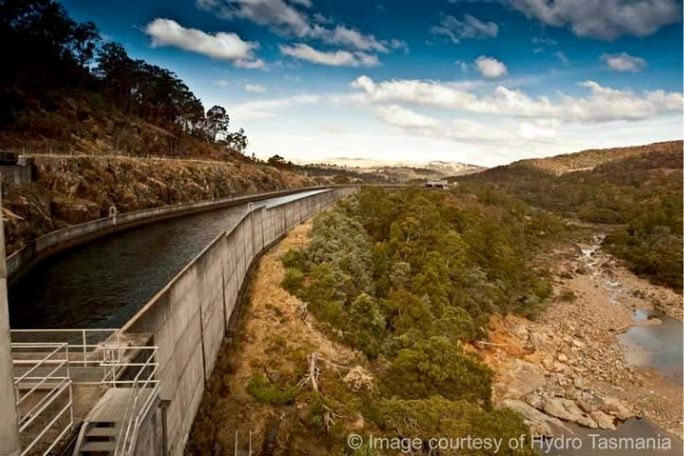Lesson summary
Students will revise and consolidate their knowledge of the environmental impacts of coal-fired power stations and other ‘dirty’ energy production methods in comparison to the clean energy alternatives. They will plan an Environmental Impact Study related to a hypothetical clean energy installation in Tasmania.
Learning intentions:
Students will...
- develop knowledge about clean and dirty energy generating infrastructure that impact the environment.
- synthesise facts and draw conclusions that are consistent with evidence.
- design research methodologies to gather data on key investigative questions.
Lesson guides and printables
Lesson details
Curriculum mapping
Australian Curriculum content descriptions:
Year 9 Science:
- Formulate questions or hypotheses that can be investigated scientifically (ACSIS164).
- Plan, select and use appropriate investigation methods, including field work and laboratory experimentation, to collect reliable data; assess risk and address ethical issues associated with these methods (ACSIS165).
Year 10 Science:
- Formulate questions or hypotheses that can be investigated scientifically (ACSIS198).
- Plan, select and use appropriate investigation methods, including field work and laboratory experimentation, to collect reliable data; assess risk and address ethical issues associated with these methods (ACSIS199).
Syllabus Outcomes: SC5-4WS, SC5-5WS, SC5-6WS.
Time required: 60 mins.
Level of teacher scaffolding: Medium – oversee activity.
Resources required
- Internet access
- Environmental Impact Study – Project Investigation Worksheet
- Student Worksheet (one copy per student OR computers/tablets to access the online worksheet)
- images of Tasmania (from books, magazines or online – use Google Images)
Additional info
This lesson has been developed in partnership with
Hydro Tasmania.
Hydro Tasmania has been at the forefront of clean energy innovation for one hundred years. It is Australia’s largest producer of clean energy – generating hydro and wind power – and the largest water manager. Hydro Tasmania has 55 major dams, operates 30 hydropower stations and has built some of Australia’s largest wind farms.
Hydro Tasmania also sells energy in the National Electricity Market through its retail business Momentum Energy, and sells its expertise internationally through its consulting business Entura.
Visit the Hydro Tasmania website to learn how the business is working towards Australia’s clean energy future.


Welcome back!
Don't have an account yet?
Log in with:
By signing up to Cool.org you consent and agree to Cool's privacy policy to
store, manage and process your personal information. To read more, please see
our privacy policy here(Opens in new tab).
Create your free Cool.org account.
Many of our resources are free, with an option to upgrade to Cool+ for premium content.
Already have an account?
Sign up with:
By signing up to Cool.org you consent and agree to Cool's privacy policy to
store, manage and process your personal information. To read more, please see
our privacy policy here(Opens in new tab).